Search Images
Browse Content (p. 847)
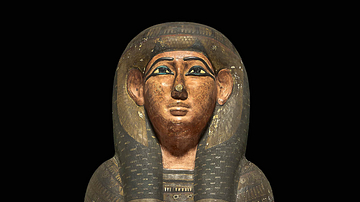
Image
Inner Coffin of Nestawedjat
Inner coffin of Nestawedjat, 25th Dynasty, about 700-680 BCE, EA 22812a.
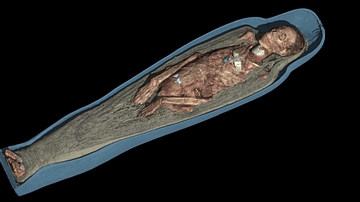
Image
Visualization of the Body of Tamut
Visualization of the body of Tamut, Third Intermediate Period, early 22nd Dynasty, about 900 BCE, EA 22939.
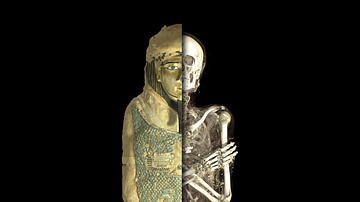
Image
Visualisation of the Mummy of Irthorru
Visualisation of the mummy of Irthorru, 26th Dynasty, about 600 BCE, EA 20745.
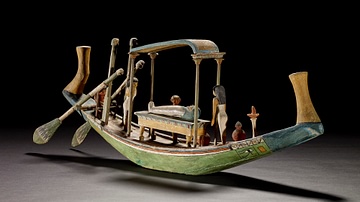
Image
Egyptian Funerary Boat
Model of a funerary boat, 12th Dynasty, c. 1985–1795 BCE, provenance unknown, sycamore fig wood, EA 9525.
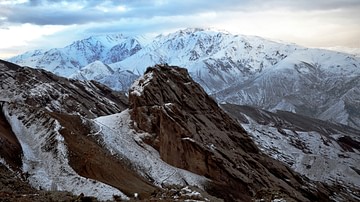
Image
The Assassins Alamut Castle, Iran
The castle of Alamut, Qazvin, Iran, one-time castle of the Assassins (aka Nizari Ismailis) before their destruction at the hands of the Mongols in the 1250s CE.
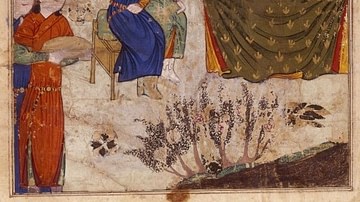
Image
An Audience with Mongke Khan
A mid-15th century CE manuscript illustration showing an audience with Mongke Khan, ruler of the Mongol Empire from 1251 to 1259 CE. From the 'Tarikh-i Jahangushay-i Juvaini' by Ata-Malik Juvayni (1226-1283 CE). (National Library of France...
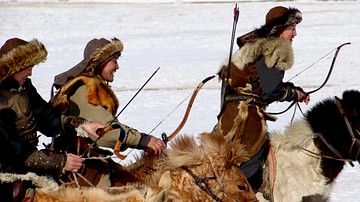
Image
Traditional Mongol Hunters
Mongol hunters using traditional weapons as used during the Mongol Empire of the 13th and 14th century CE.
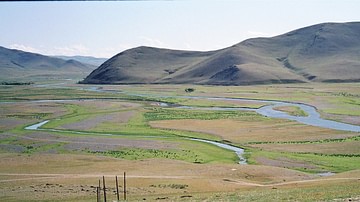
Image
The Mongolian Steppe
A panoramic view of the Mongolian Steppe.
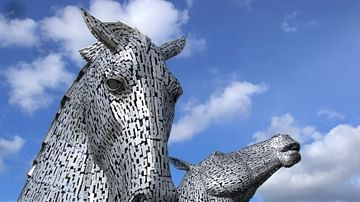
Image
Kelpies
Kelpies sculpture, Falkirk, Scotland.
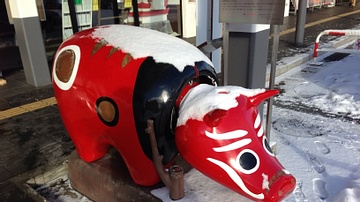
Image
Akabeko
Akabeko, Aizu wakamatsu Sta., Fukushima